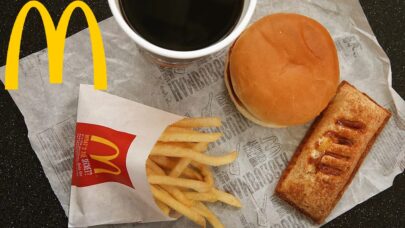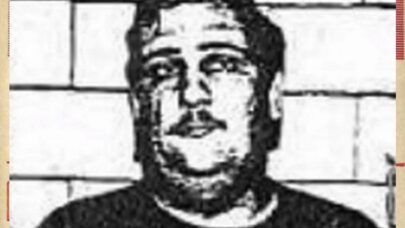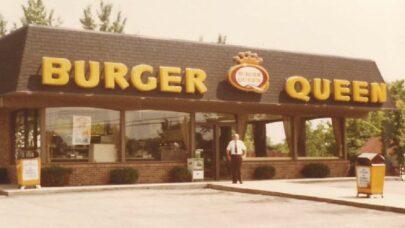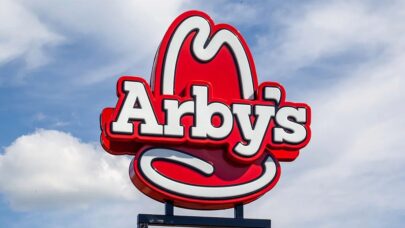When you buy something through one of the links on our site, we may earn an affiliate commission.
Step back in time to a bygone era of retail, where a single trip could fulfill both your shopping needs and your rumbling stomach. Welcome to Woolworth’s, a retail giant that offered a delightful blend of browsing and bites – all under one roof.
Founded in 1879, F. W. Woolworth Company established itself as the ultimate “five-and-dime” store. Shelves overflowed with an astonishing variety of merchandise, all priced at a mere five or ten cents. Imagine a shopper’s paradise: glistening buttons, brightly colored skeins of yarn, gleaming housewares, and an entire section dedicated to children’s toys – all for a pittance. Woolworth’s was a haven for bargain hunters, a place where families could stretch their dollars and emerge with bags brimming with useful trinkets and delightful finds.
Nestled amidst the shopping frenzy was another irresistible attraction – the Woolworth’s lunch counter. This stainless steel haven offered a welcome respite for weary shoppers and a delightful pitstop for families seeking a quick and affordable meal. The counter itself was a marvel of efficiency, with swivel stools lining the polished surface, ready to accommodate a steady stream of hungry customers.
The aroma of freshly brewed coffee and sizzling burgers would waft through the air, whetting appetites and beckoning customers to take a seat. While not haute cuisine, the lunch counter menu offered classic American fare that satisfied taste buds without breaking the bank. Imagine sinking your teeth into a juicy hamburger layered with crisp lettuce, tomato, and tangy pickles, all nestled in a warm sesame seed bun. Perhaps a melty grilled cheese or a tuna salad sandwich on soft white bread was more your style. For lighter appetites, there were salads and bowls of piping hot soup. No Woolworth’s lunch counter experience was complete without a sweet ending – a creamy milkshake, a decadent slice of pie, or a classic ice cream sundae.
What Did They Serve?
- Sandwiches: Burgers, grilled cheese, tuna salad, and other classic options.
- Soup and Salad: A surprisingly forward-thinking offering for a fast-food counter of the era.
- Sides: French fries, onion rings, and other staples.
- Desserts: Ice cream sundaes, milkshakes, and pies.
- Beverages: Coffee, soda, and milkshakes.
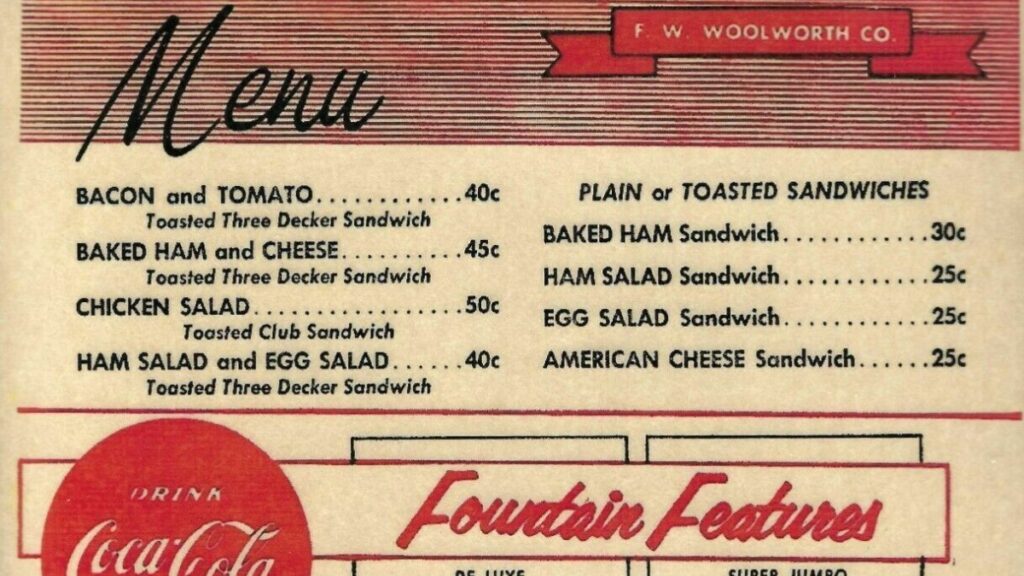
The lunch counter wasn’t just about the food; it was a social hub within the store. Friends and neighbors would gather over steaming cups of coffee, catching up on the latest news or simply enjoying a shared moment. For families, the lunch counter provided a convenient and affordable way to refuel during a shopping expedition, creating cherished memories of childhood outings.
By the late 20th century, the landscape of retail had shifted dramatically. The rise of fast-food chains with more diverse menus and the changing face of shopping malls contributed to the decline of Woolworth’s. The iconic lunch counters gradually faded away, becoming a cherished memory of a simpler time.
Woolworth’s lunch counter wasn’t just a place to grab a bite. It also became a battleground in the fight for civil rights in the United States, having played a pivotal role n the Civil Rights Movement, and its eventual decline.
On February 1, 1960, four African American college students staged a peaceful protest at a Woolworth’s lunch counter in Greensboro, North Carolina. Denied service despite the counter being open, they remained seated, sparking the now-famous Greensboro sit-in. This act of defiance ignited a wave of similar protests across the South, challenging racial segregation in public accommodations.
The Greensboro sit-in thrust Woolworth’s onto the national stage. The company faced mounting pressure to integrate its lunch counters. While initial responses were slow, by July 1960, the Greensboro Woolworth’s desegregated its counter. This victory became a turning point in the fight for racial equality, demonstrating the power of nonviolent protest.
The End of an Era
Though Woolworth’s physical presence may have vanished, it left an indelible mark on American retail history. It was a place where affordability met variety, and where a simple lunch counter fostered a sense of community amidst the bustle of shopping.
Following the Civil Rights Movement, Woolworth’s lunch counters gradually lost their prominence. The rise of fast-food chains with more diverse menus and seating arrangements chipped away at their market share. By the 1990s, most Woolworth’s lunch counters had disappeared.
The next time you find yourself browsing a modern department store, take a moment to remember Woolworth’s – a retail pioneer that offered a delightful blend of shopping and dining under one roof.




